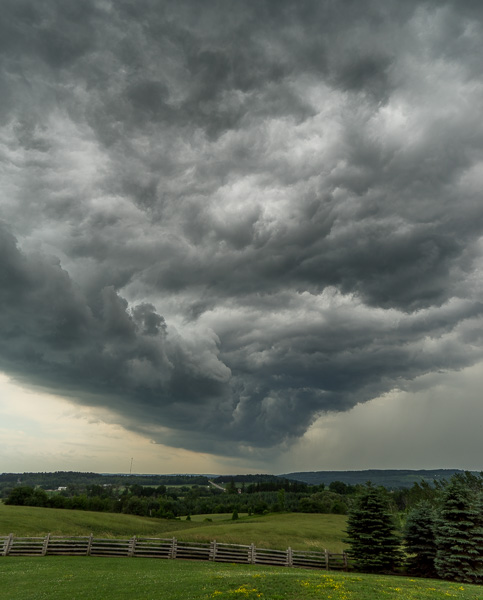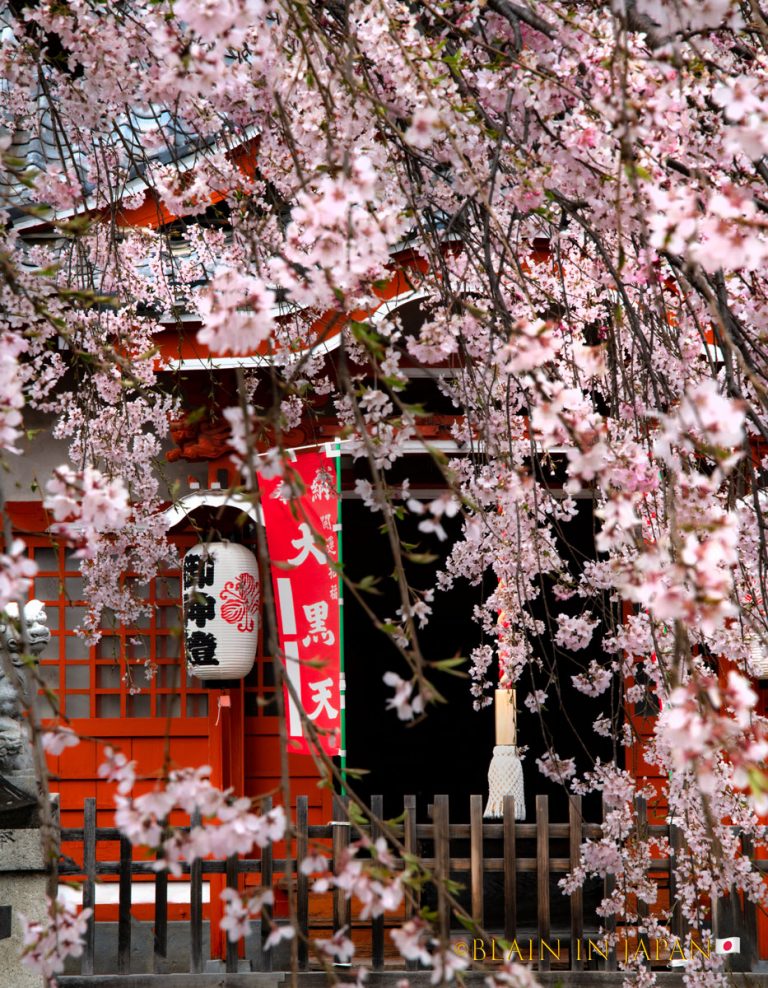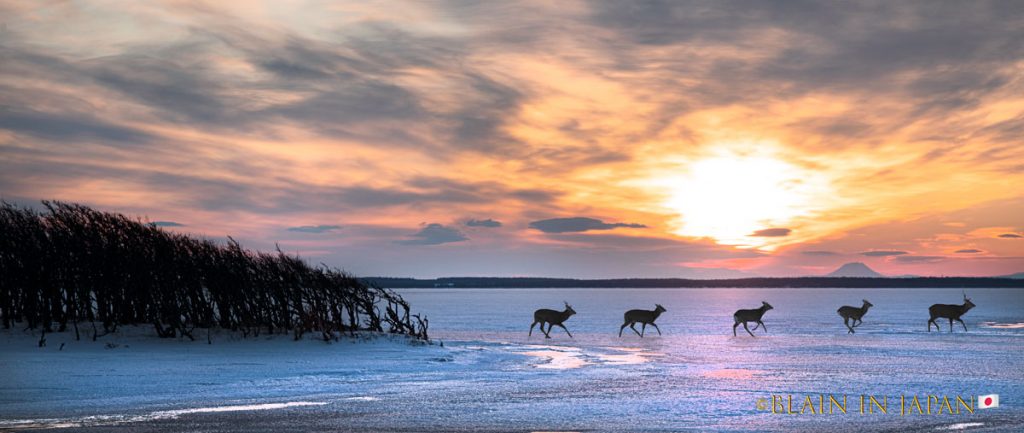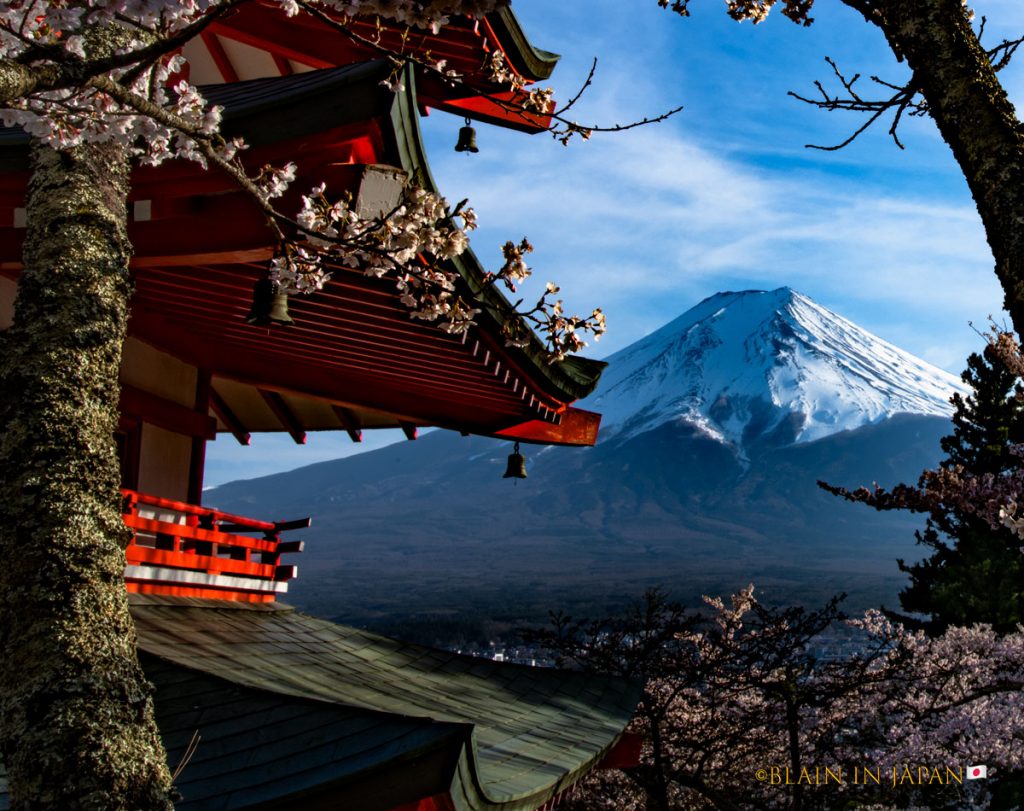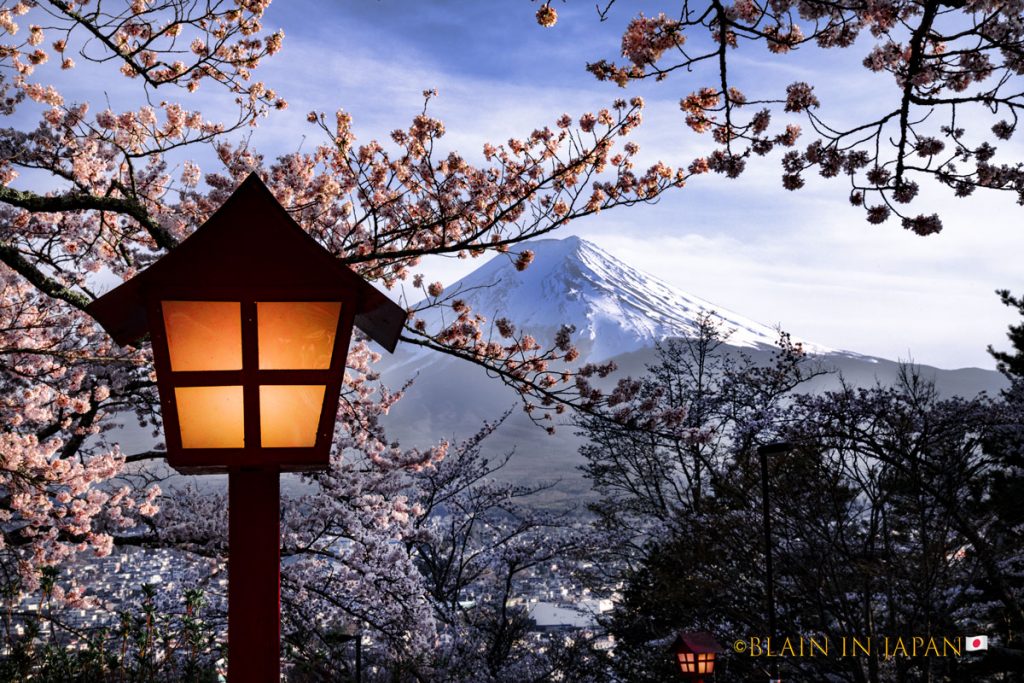Introduction
My previous essay laid the foundation for this new series focused on the concept of the Referent. This second essay focuses on what are the general characteristics of the Referent.
Our Referent May Be Invisible To Us
Our Referent may be invisible to us. This means we are either unaware of it, or we do not think of it consciously, or we do not believe we have a Referent. This happens for a number of reasons. It can happen because we believe our Referent is obvious, or because we think it is visible to all, or because we assume it is the same for everyone. It can also be because we do not believe we have a Referent. In that case, there is no reason to think of something we do not believe exists. We, therefore, take photographs without knowing why. When asked why they photograph a specific subject, Referent-less photographers usually answer ‘because I like it’. However, why do they like it? Why do they photograph this specific subject and not something else? After all, they could photograph a million other things. The fact is, they are attracted to this one subject because of their Referent. They may ignore it, they may disregard it, but their Referent is guiding their photographic choice regardless.

A Referent Can Create An Attitude
Our Referent guides our behavior. As such, it is often the source of specific attitudes. The dislike for manipulation in the early days of digital photography was caused by practitioners whose Referent was film photography images that they wrongly believed to be unmanipulated. Photographs created with film were manipulated, both during development and during printing,
through darkroom practices such as development time, type of developer, dodging, burning, toning, cropping, and more. Of course, simply using black and white film was also manipulation because we see the world in color, not in black and white.
Today, many of these early practitioners have been replaced with younger photographers who grew up with digital capture and manipulated images and see nothing wrong with altering images. As a result, their Referent, and their attitude, is different. For them, manipulating images for artistic purposes is normal. Their Referent, or rather, one of their Referents because we have several as we will see shortly, is therefore that manipulation is a legitimate aspect of photography.
Referents Are Multiple And Generational
We rarely have a single Referent. We tend to have several. These Referents are not just multiple, they also change with generations. Therefore, different generations have different Referents. In regards to technique, the baby boomer generation has film, non-manipulated images (supposedly), and print publications as their Referents. Younger generations have digital capture, manipulated images, and social media publications as their Referents. In regards to photographers, the baby boomers have Ansel Adams and Edward Weston in landscape photography and Cartier Bresson and Robert Capa in street photography and journalism as Referents, to name but four photographers. Younger generations have other more recent photographers as Referents. These photographers are alive while nearly all the Referent photographers of the baby boomer generation are dead.
Similarly, Adams, Weston, Capa, Bresson, and current up-and-coming photographers had their own models, their own Referent people. For example, Adams’ photograph of the White House in Canyon de Chelly was inspired by Timothy O’Sullivan’s photograph of the same location. We all start somewhere. We all have a Referent, whether we accept it or not.
Needless to say, the gap between the Referents of different generations is a cause for significant incomprehension, disagreement, or even conflict between these groups. Why? Referents define what photography is for us, and not everyone tolerates other people defining photography differently than they do. Of course, other groups not mentioned here have different Referents. In fact, every generation, every specific group, has its own Referents, different from the ones of other groups.
What makes us unique, what defines us both personally and as a group, are our Referents. We join groups that have the same Referents as we do. We belong to these groups because we share the same Referents. In regards to the subject discussed here, the common bond between members of an artistic photography group is that all members have the same artistic Referents.
Referents Are Present In Every Activity We Engage In
The subject of my research is the Referent in art in general and in fine art photography in particular. However, Referents are present in every activity we engage in. Regardless of the specific activity, referents follow characteristics similar to those outlined above. For example, in Formula One car racing, the Referent of the baby boomer generation is the 70’s era, during which drivers were killed nearly every weekend and where driving was both dangerous and largely unregulated. Cars were relatively unsophisticated and used technologies found in spectators’ daily drivers. Access to tracks was easy and inexpensive, drivers were approachable, and their attitude was casual.
The Referent for today’s Formula One racing is completely different. Newer, younger generations are shocked when a driver is killed during a race because it happens rarely. Access to drivers is nearly impossible, tickets are expensive, and races are tightly regulated. Drivers are penalized for being too aggressive on the track, for breaking the rules, or even for swearing. F1 race cars are so sophisticated as to require a computerized pre-flight check before they can be fired up. The technologies featured on the cars have little in common with what is found on spectators’ cars.
Given the presence of such significant differences in the Referent of different generations, it is not surprising that members of different generations disagree as to what Formula One should be. The same situation exists in many activities, and of course, in Fine Art Photography.

The Referent Can Be Displaced
Referents can experience displacement, meaning they can be transferred from the primary, original impulse or desire to a secondary physical implementation. For example, someone may be interested in art but unable to make a living practicing it because they believe they cannot make enough money as artist, or because they are not willing to take a chance engaging in a risky career, or again because they prefer the safety of an employee job that guarantees them a regular paycheck and a pre-defined career track. These beliefs lead them to take a job unrelated to art and live their passion vicariously during their free time through non-professional activities, for example by visiting art shows, attending gallery or museum openings, reading books, attending field workshops or online classes, and so on.
We All Have A Referent
We all have a Referent. It is part of us. It is what motivated us to start taking photographs. This is why we do this. If we did not, we would be taking photographs by accident, without any reason, and we would most likely stop when we realized that doing so is a meaningless act, a mistake. We would then move on to doing something else, and find a new hobby or profession, as the case might be.
The fact is, we all have a Referent. Yet most of us ignore what it is. Worse, some argue it does not exist. Why did they start practicing photography then? By mistake? Because they do things randomly or erratically? Because they are in error? Because they should stop and do something else?
The reason why some say they do not have a Referent is a matter of semantics. When those who say they do not have a Referent are asked what is their source of inspiration, they answer without hesitation and describe what inspires them to take photographs or create artistic images. They do so because everyone agrees that artistic creation starts with inspiration and that we are all inspired by something.
That something is our Referent. Why not call it ‘Inspiration’ instead of “Referent” then? Because Referent refers to something specific, complex, and long-term while Inspiration refers to something vague, simple, and short-term. For example, I may be inspired by the beauty of the sunlight striking a canyon wall in a particularly beautiful manner on a specific day at sunrise. If I create a photograph of this scene, this would no doubt be what inspired me to do so. However, my Referent is most likely something completely different. It may be a passion for the canyon country initiated by early visits to the Southwest with my parents. It may be the desire to follow in the footsteps of other photographers who worked in the same geographical area. It can be photographing light phenomena in locations that have not been photographed yet. Or it can be something else altogether, something buried deep in my past that I have yet to uncover.
The Next Essay
The next essay will be part 3 of this series. It will focus on the tenets of art. The goal of this essay will be to define what art is so that we have a foundation to work from in order to continue exploring how the Referent applies to artistic creation.
About Alain Briot
I create fine art photographs, teach workshops with Natalie, and offer Mastery Tutorials on composition, image conversion, optimization, printing, business, and marketing. I am the author of Mastering Landscape Photography, Mastering Photographic Composition, Creativity and Personal Style, Marketing Fine Art Photography, and How Photographs are Sold. All four books are available in eBook format on our website at this LINK. Free samplers are available.
You can find more information about our workshops, photographs, writings, and tutorials as well as subscribe to our Free Monthly Newsletter on our website. You will receive 40 free eBooks when you subscribe.

Studying Fine Art Photography With Alain and Natalie Briot
If you enjoyed this essay, you will enjoy attending a workshop with us. I lead workshops with my wife, Natalie, to the most photogenic locations in the US Southwest. Our workshops focus on the artistic aspects of photography. While we do teach technique, we do so to create artistic photographs. Our goal is to help you create photographs that you will be proud of, and that will be unique to you. The locations we photograph include Navajoland, Antelope Canyon, Monument Valley, Zion, the Grand Canyon, and many others. Our workshop listing is available at this LINK.





